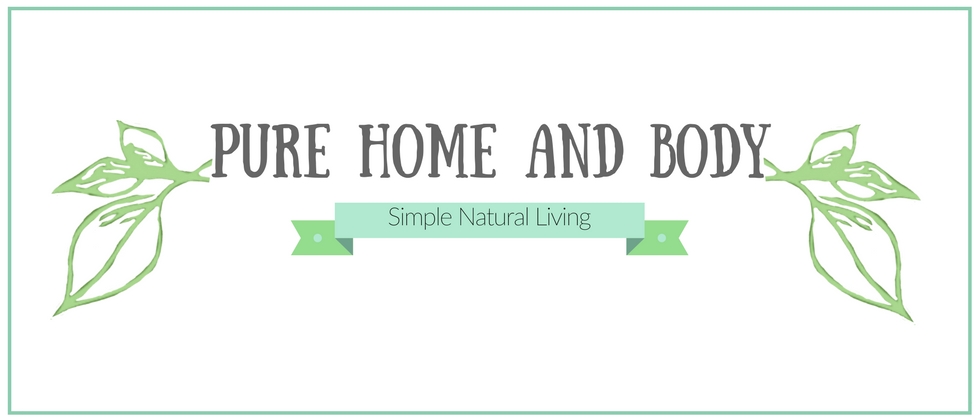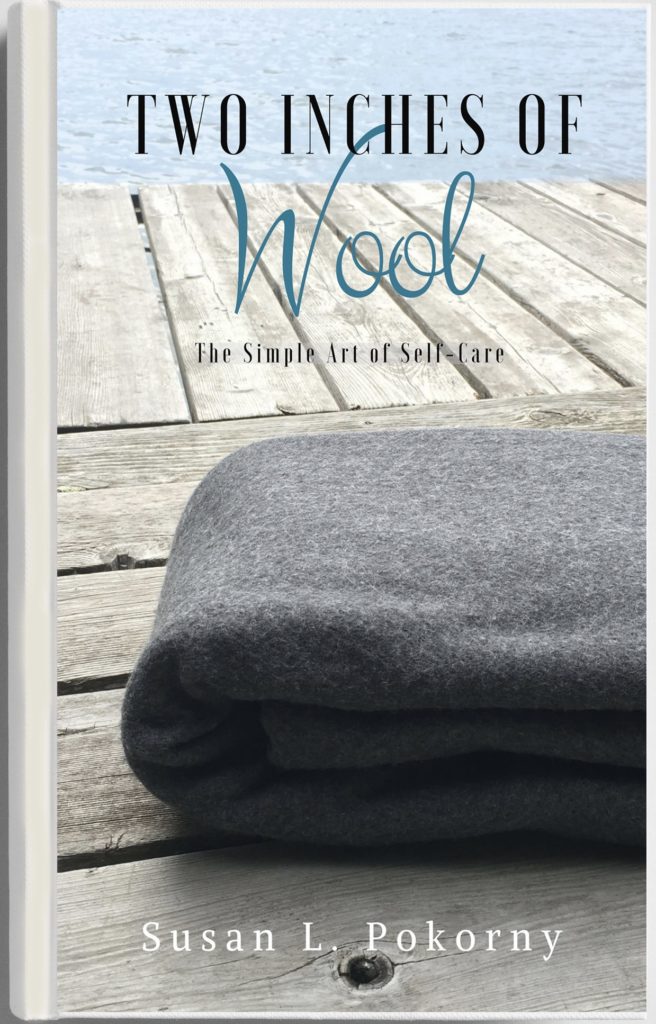 I’ve been pretty busy this month getting our house set up for homeschooling. I’ve done quite a few DIY projects that have been on my To Do list for a while.
I’ve been pretty busy this month getting our house set up for homeschooling. I’ve done quite a few DIY projects that have been on my To Do list for a while.
I love to use reclaimed and recycled materials to upcycle into useful home goods. If I can re-use, refinish or re-purpose something I’ll try that first before I spend money on something new. Yes, there are some really fun home decor items on the market, but many are manufactured overseas and I’d rather contribute to our local economy.
The next couple articles I’ll be covering some ways to Green-up your DIY projects with sustainable, local materials that are not toxic like most traditional options. I’m becoming a purist in my home environment. I’ve known about many of the green, organic options for home furnishings for years and am gradually replacing the harmful stuff with materials that have a lower impact on our environment.
I’ll be honest with you, many of the options are not cheap or easy to find. But it is getting more accessible and comparable in price as the demand increases for the good materials. I’ve been there more times than I can count on both my hands looking at raw materials and really debating whether I want to spend the extra $ on better materials. I have gotten to the point that if it’s not in the budget right now, I have decided to save for when I can afford the materials that will last and add value to my Green Home.
It’s fun to DIY for many projects, when you put the time and effort into a project, choose the best materials in quality and purity. You’ll create a greener home and better indoor air quality. If you search for information on building a Green Home, much of the information is on Energy Efficiency, water usage, carbon footprint and lightbulbs. All of these things are super important but indoor air quality is not on everyone’s radar. This is why it’s so important to choose pure materials for your DIY projects. Indoor air quality is affected by everything you put into your home from floor coverings, wall coverings, paint and more. So, here are 5 DIY materials you’ll want to substitute for Green, organic options.
1. Paints, Stains & Varnishes I really enjoy refinishing furniture, but only if it’s solid wood. I recently purchased a used solid oak desk off of Craig’s List and refinished it, preserving the beautiful natural wood top. I purchased some polyurethane for a final coat to protect the desk and just like I do with foods, I read the label. I was shocked to see it had a warning “if you want to avoid lead exposure to wear gloves when applying”. This desk was for my 10-year old and all I could think about was her little arms resting on this surface everyday. Most people think lead is removed from all paint, but it isn’t.
Current regulations require lead levels to be at .09ppm or less for any paints used on children’s furniture, in public areas like schools and hospitals, or any other toys or items marketed to children. The regulation does not include commercial paints unless they are targeted for use with children. The polyurethane I originally purchased I hesitated to even buy but wasn’t sure of my options and I really didn’t want to read ALL the product labels at the hardware store. I’m glad I did a little more research to find some safer alternatives.
Lead is one danger with commercial paints, VOC’s are another. You know the new paint smell. This odor is chemicals from the paint become airborne and polluting your indoor air. This term has been used in the building industry for decades, Off-gassing is the rate at which VOC’s (short for Volatile Organic Compounds) are released into the air. Many hardware stores carry low or no VOC paint. This is a must for any DIY project. I’ve used the Martha Stewart line from Home Depot for years. Now I’ve switched to another brand that I like even better. It’s guaranteed to be free of lead because it’s marketed as safe for children’s products and covered under the CPSC’s regulation against lead in paint for that specific use. If you have a small DIY business that uses paint in finished products, it would be prudent to research the paint you are using and make sure it doesn’t contain detectable levels of lead that would violate this regulation. If you are using old materials like barn wood or refinishing old furniture, the finishes might contain lead in the paint that was used before we knew about the dangers. If you are going to refinish these items make sure you take precautions to protect yourself and your environment from contamination of removed items. Check with your local waste management facility to see how to properly dispose of items with contaminated paint.
2. Carpeting is a haven of chemicals in raw materials and stain-resistant finishes. New carpeting that gives off that “smell” is just off-gassing chemicals into your home. While many people are not bothered by this off-gassing, it doesn’t mean it is not affecting you on a cellular level. Most people with chemical sensitivities develop it over long periods of time. Yes, it may appear that one day you wake up having these sensitivities when in reality your body has just reached the breaking point of tolerance, some develop cancer or autoimmune diseases. There is no set formula of when you might show sensitivities to carpet chemicals, because your exposure to chemicals in carpeting depend on what other chemicals you have in your home: body care products, household cleaners, furniture with flame retardants and wrinkle resistance finishes. A recent study even found a link between toxic carpet chemicals and the rate of non-Hodgkin Lymphoma. Carpet chemicals are harmful and they also harbor dirt, bacteria and viruses. The more you vacuum, the cleaner your environment can be if you have a HEPA filter, but a better choice would be hardwood floors, stone or tile with removable rugs. The best choices in carpeting include untreated wools. Treated wools can be host to pesticides & fungicides to protect them from pests during transport often from overseas.
3. MDF & Particle Board is the cheap alternative to real wood. It’s cheap, made from scrap materials and filled with formaldehyde (a carcinogen), glues and resins that also off-gass chemicals into your home. The most common place you’ll find these materials is in closet shelving (when they are covered mostly with that white or wood tone laminate). More furniture is made with these because it is cheaper than solid wood and is often covered with upholstery to hide the inferior materials. These wood substitutes also create toxic dust as small particles break off into your breathing space. When you construct anything in your home, use real solid wood without the glues, gums, resins or toxic adhesives. Real wood is also stronger and will last longer than mixed material alternatives.

Particle board often used in closet shelving breaks apart and creates toxic dust with chemicals and glues like formaldehyde
4. Flame Retardants in fabrics and furniture cushions are very difficult to avoid unless you have items custom made or DIY. These chemicals in fabrics and on furniture are showing up in our blood! This cannot be good. One study of pregnant women found a class of fire retardants, PBDE’s, found in the mother’s blood had a negative affect on babies after they were born. Imported furniture, in addition to flame retardant finishes, are also subjected to countless chemical sprays to protect goods from insect and pest damage during control. This is one area of DIY projects that has huge potential to change the world since many modern manufacturers are not quick to change their use of these toxic chemicals. It’s also one more reason to buy locally made goods with raw materials you can trust. When you choose fabrics, go for organic, natural fibers like wool, linen, cotton and hemp. I’ve found some amazing green alternatives to traditional cushions without the flame retardants. I’ll talk more about that in my next post.
5. Plastics in window blinds, storage & artificial trees and plants. Plastics break down over time and produce toxic dust that holds remnants of the original materials like lead in paint, polyester plastics and nylon. Heat increases the rate chemicals break down from manufactured household materials so items that sit in the sun (blinds, curtains, window coverings) can become especially toxic over time. Synthetic christmas trees, silk plants and flowers can all become havens of chemical dust that may settle anywhere in our homes.
Have you thought about these things when preparing for DIY projects? Do want the replacements? Stay tuned for my next article where I’ll show you some easy replacements for these toxic materials. Your project will be greener and you’ll be feeling healthier working with pure materials. Subscribe to my newsletter at the right for even more resources I share only with my subscribers.













No comments yet.